Last week I got an email from a subscriber to the
RTW 30 Family Edition, our free e-course designed to help families plan a longterm adventure. She was encouraging me to remind people to be careful with kids on the Paris subways. There are pick pockets and the potential for a child to get separated from the family on the platform. Both of those are real risks. Her email got me thinking about the risks that we take with our kids, at home, and abroad, and how we minimize those, or rationalize them, or learn to live with the realities.
My second child launches for adulthood in three days. He’s taking off to cross the Mediterranean and the Atlantic on a 112 ft. sailing ship to begin his university studies. The perfect intersection of adventure and education for a kid who’s had the world as his classroom for most of his childhood.
I’ve been enjoying another week of “last things,” and reflecting on the fact that, in 20 years of parenthood, and four children, we haven’t had even one significant broken bone (one metatarsal was lightly cracked, not enough to cast it). We’ve had stitches, staples, and glue, on all continents. One concussion, in the USA. One overnight hospital stay, in Thailand. That’s it. It’s shocking to me, actually, considering the fact that we’ve raised them the way we have, encouraged them to take leaps, literal and metaphorical, and sent them off to conquer hard things before most kids are allowed to go to the mall alone. Without question, we were lucky.
“But, luck isn’t all of it. We were also very calculated, and careful.”
But, luck isn’t all of it. We were also very calculated, and careful. We weighed risks and minimized them where possible. We made choices with as much information as possible. We educated ourselves on the realities, in the face of our fears. And, we’ve trusted them to know their own bodies, their own limits, and to test them; in much the same way that we do ourselves.
So what can a parent (or, any traveler, really) do to minimize the risks and increase the odds that when we roll the dice, the outcome is favourable?
Choose Destinations Carefully
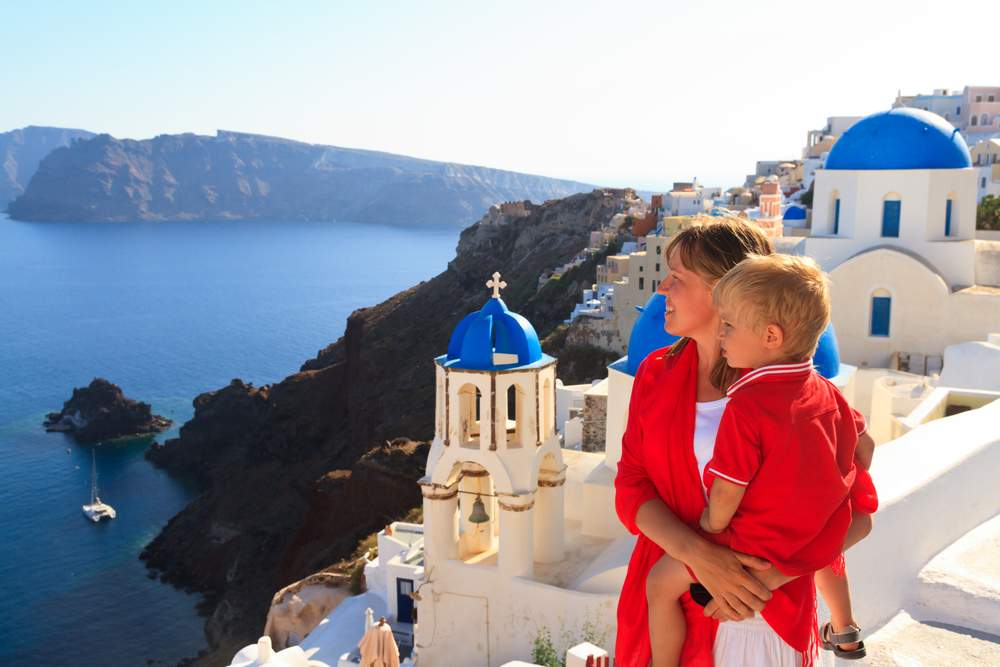
I don’t recommend Syria right now for family travel. When we wintered in Tunisia (pre-Arab Spring) we opted not to bicycle across the top of Africa, through Algeria, into Morocco, like we’d planned; because Algeria was embroiled in civil conflicts. We avoided the border region within Tunisia because of the kidnappings and cross border raids that were happening at the time. When we found ourselves in Sandakan, and the far east end of Borneo with a desire to cross the Celebes Sea to Mindanao, Philippines, we opted not to, because the political situation at the end of the island chain was unstable.
When choosing destinations, our policy has been cautious optimism. We’ve traveled enough to know that sometimes State Department Warnings paint with too broad a brush. But we’ve also traveled enough to have a healthy respect for how quickly things can go to perdition in a hand basket in places with developing governments.
So, how do we determine if a place is safe:
An alert is different than a warning. Know the difference, and know what they are alerting, or warning about. Always check the site. If there is a warning, there is a high likelihood that your insurance won’t pay if you choose to travel there and have a problem. Your emergency evacuation won’t be covered and you’ll be as stuck as anyone else. This, to us, is an unacceptable risk to take with children.
Up to Date, On the Ground, Information
We are lucky to be part of a large travel community and we ask people how things really are, on the ground. Even if you don’t have friends everywhere you want to go, you can find a lot of the same sorts of information online through blogs and travel forums.
The Bootsnall Community is a great place to start asking questions like that. Mexico has been considered “unsafe” by many for as long as I’ve been alive. And yet, I’ve been to every state, slow road tripped it three times in my life, flown in and out, taken my kids, and gotten way off of the beaten path. There are often places that are perfectly safe, even within a widely believed to be “unstable” region. Do your homework.
Friends With Back Channel Info
I’ve got a few friends who have access to information that the rest of us don’t. When I’m weighing a “could go either way” place, like the ferry crossing from Borneo to Mindanao, I’ll ask them. Often they can’t tell me why, but I trust their judgement enough to know that when I hear back, “Nope.” It’s nope. If you know people in that world, don’t be afraid to ask, and be smart enough to listen.
Stay Healthy
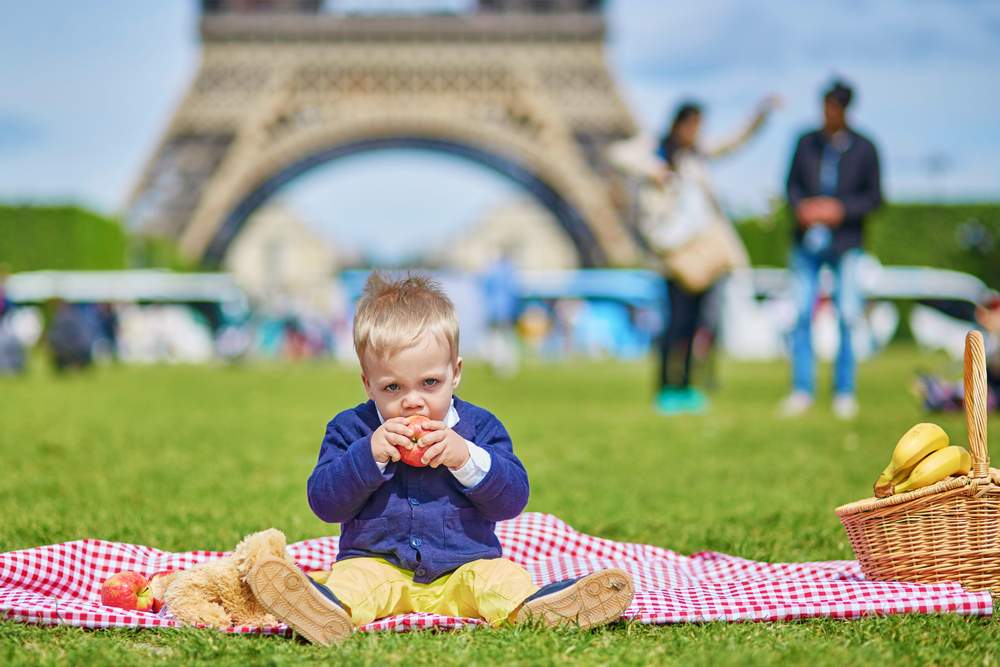
It sounds obvious, but it isn’t always intuitive. It’s harder to keep up healthy life patterns when you’re away from home, and the longer you’re away, the more important it is. Eating in such a way that your immune system stays strong, getting enough sleep that you’re alert, engaging in the same healthy routines that you do at home will minimize the risk of illness or injury from physical breakdown.
Three tips for this with kids:
Carry anti-bacterial wipes, they’re great for scrubbing a piece of fruit you can’t wash as it’s purchased from a street vendor.
Plan outings and travel days around rest: at night, and naps, as well as plenty of downtime.
Minimize intake of mood altering sugars and artificial colors, opt for fresh things and plenty of water instead.
Invest in Safety
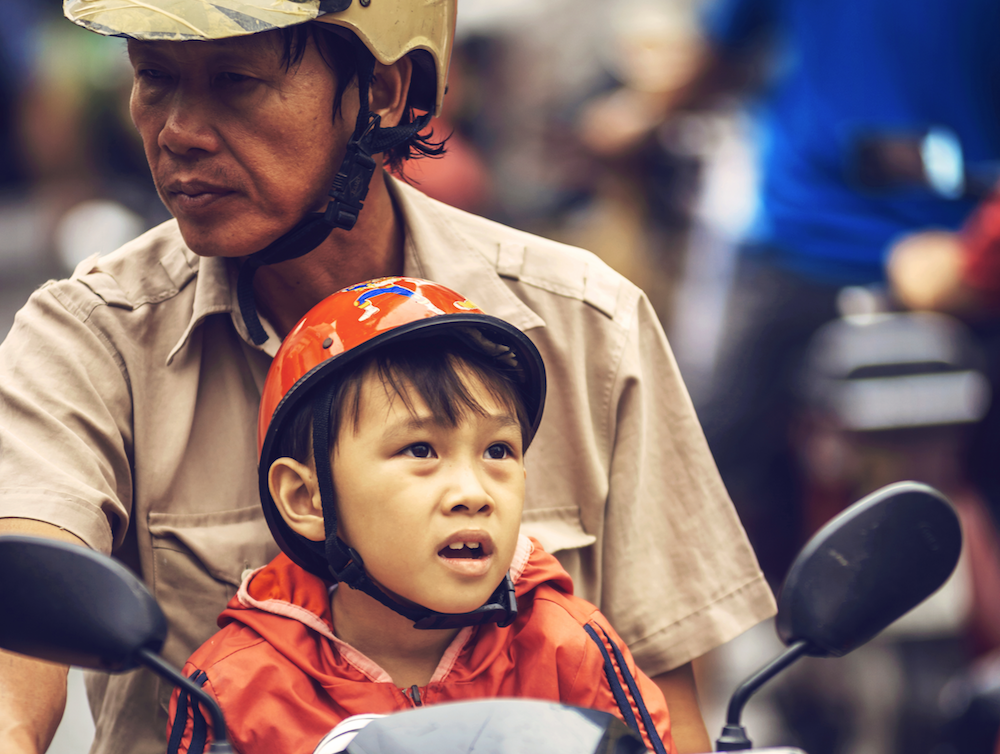
Our kids love to hop in the backs of pick up trucks and hitch a ride. They zipped all over Southeast Asia on the backs of motorcycles, sometimes stacked three people deep. They’ve spent years of their childhood using boats as daily transportation, sometimes boats that are seriously overloaded, under powered and operating in inclement weather.
This comes with the territory when one grows up traveling, as they have. That doesn’t mean we don’t care about and invest in their safety. There are ways to make that kind of experience less risky.
Buy helmets. No need to pack them, but buy them on arrival, and insist they are worn.
Buy life vests. Anywhere you find boats you’ll be able to track them down, even if it takes a little effort.
Teach them things. Like how to drive a motorcycle, how to decode the rules of the road wherever they are, and never, ever, to board anything, anywhere, for any reason, that is being driven by someone who is obviously impaired.
Talk About Risk Management
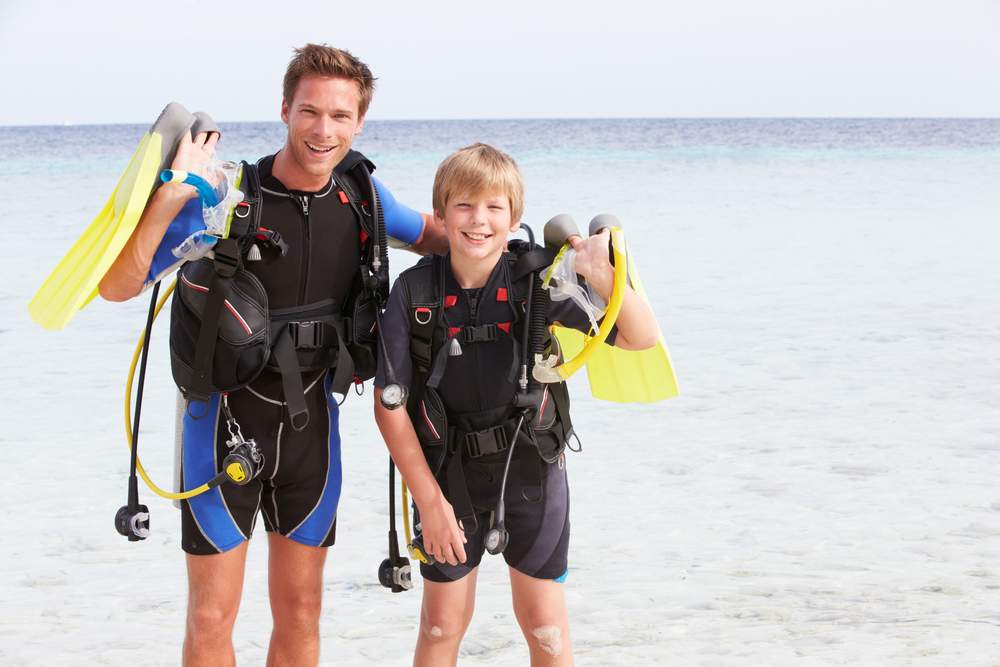
Rather than transferring our fears to our kids, or dishing out lots of hard, “No!” answers to their questions, let’s talk to them about risk management and good decision making.
Talk to them about how to read a situation and have a better idea of whether it is safe or not.
Teach them to trust their guts. Always.
Talk to them about how to minimize the possibility of a negative outcome if they do take a risk (using safety gear, having safety plans, group activities over solo adventures).
Give them the opportunity to build their confidence through small, managed experiences that expand their capability. Equip them with a “what if” toolkit. This is all of the answers to the, “What if this happens…” questions. Make sure they know what to do.
As an example: when living in places where overloaded, rickety, dangerous boats are employed in daily transportation (on several continents) we taught our children, very early, the following:
Should the boat capsize or crash, and in the absence of life jackets (sometimes there just aren’t any) immediately drop all of your bags and swim down as deep as you can and as far away as you can in one breath. Come up. Take another breath. Go down and as far away as possible with your second breath. After the second swim, look around, assess the situation. If you are far enough from the boat to be safe from whatever is happening, and from the throng of freaking out people then find something to float on, or lay on your back and rest. We will find you.
“I know my kids are equipped to keep themselves as safe as possible, even if the worst happens.”
I have heard my children reciting protocol to other nervous travelers on particularly awful boat rides. Funnily enough, it doesn’t seem to help their nerves to have an eight year old reciting that series of “what ifs,” it does, however, help mine. I know my kids are equipped to keep themselves as safe as possible, even if the worst happens. And, for the record, it has never happened.
Put in Place Safety Plans

I discussed this at length in my piece on
family health and safety traveling earlier this year. Whether a family travels or not, it’s smart to have well thought out plans for what everyone will do if a child is lost (on the Paris subway, perhaps) or what to do if there is a natural disaster (we had a tsunami warning plan when we lived on the beach in Thailand) or what happens if something very dangerous is unfolding around us.
Plans made together, talked through thoroughly, and reinforced by reciting them at pertinent moments will make your kids safer.
From the time they were tiny, our kids knew:
The right response if one is lost is to sit down instantly and wait (look at your watch).
After one hour, if you’re not found, then an officer of the law, or a mother, are good choices for trusted adults.
We would never leave them (and we never threatened to, as some people do, to get them moving our direction).
We would always come for them (and we always did, without exception, so they trust us).
They were very safe in a crowd, so long as they sat still.
We would be at muster points in an emergency, and what to do if the worst happened and we were not.
That when Dad calmly said, “Children, this is a “grasshopper” moment,” that the world became a very serious place and they followed orders like soldiers.
Grasshopper is our code word for serious emergencies. We’ve only used it three times in twenty years.
Take the time to think through your safety plans and brainwash everyone. It will lower your stress levels immensely when you’re “in the moment” to know that your kids know what to do and are, likely, doing it. Whether you can see them or not.
Invest in Quality Gear
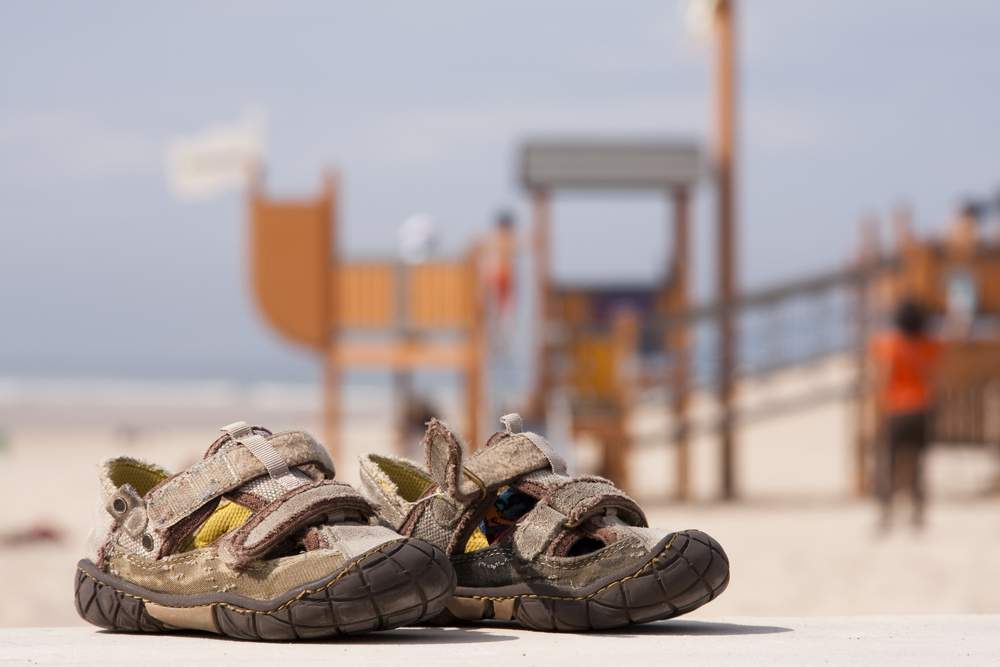
It sounds silly, perhaps, but I believe that one reason we’ve had so few serious injuries in the midst of what most people would consider a higher risk lifestyle, is that we’ve always invested in the very best gear we could afford and we’ve maintained it carefully.
My kids have grown up in Keens: hard core, closed toed, well treaded adventure shoes.
We’ve lived more than a year in Hilleberg tents.
Our rain gear actually keeps us dry.
The tires on our bikes are Schwalbe Marathons.
High end woolens for layering.
Quality UV layers.
Dive gear that is up to the challenge.
Our ceramic core water filter pays attention to the micro-biotic details.
You get what you pay for. Sometimes your child’s health and safety depends on it. Don’t cut corners if you have a choice.
I’m a big proponent of taking big time adventures with kids, and then encouraging them to have their own as soon as they are capable. There are ways to do that which build a child’s confidence and skill set (and yours) while minimizing the risk of damage of disaster. It’s important to teach our kids how to make the choices that will allow them to chase their dreams and stay safe while they do it.





